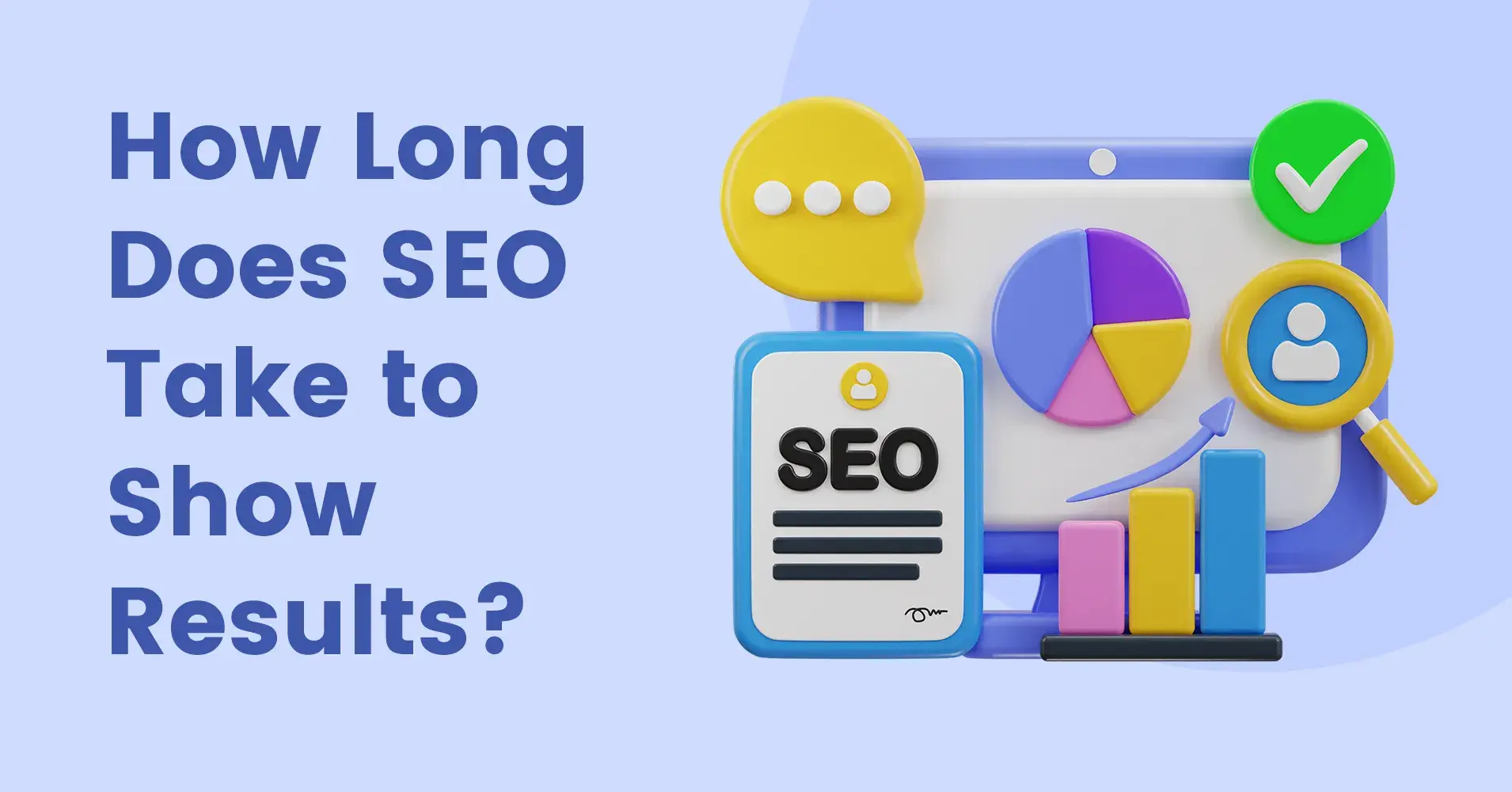Are you ready to ensure your website stands strong in the face of Google’s latest updates? Conducting an effective SEO audit is crucial, now more than ever, as search engines continue to refine what they consider high-quality content and trustworthy SEO practices. This guide will help you navigate through the intricacies of an SEO audit, equipping you with the knowledge to improve your site’s visibility and ranking in 2024.
Preparing for Your SEO Audit
Essential Tools
To start, you’ll need access to several SEO tools that are integral to conducting a thorough audit. Google Analytics and Google Search Console are must-haves for insights into your site’s traffic and performance. To best leverage this data, you want to have analytics properly set up, monitored and used to identify areas needing improvement.
For deeper analysis, consider using paid tools like Ahrefs or SEMrush, which offer advanced features like keyword tracking, backlink analysis, and competitor insights.
Audit Objectives
It’s imperative to define what you want to achieve with your SEO audit. Are you looking to increase traffic, enhance page speeds, or perhaps improve the user experience? Set clear objectives at the outset to focus your audit efforts effectively. This clarity will help you address specific issues that could be impacting your site’s performance, especially in the wake of the latest Google algorithm changes, which emphasise the importance of high-quality, engaging content and robust SEO practices.
By starting with these foundational steps, you are setting the stage for a comprehensive audit that can significantly enhance your website’s ranking and visibility online.
Technical SEO Audit
Site Health Checks
Begin with checking your website’s crawl errors in Google Search Console to ensure search engines can easily access your pages. Additionally, verify that your site is secure by checking for an HTTPS status, which is crucial for maintaining user trust and meeting Google’s security standards. It’s also essential to ensure that your website is mobile-friendly, as Google heavily favours sites that perform well on mobile devices.
Site Speed and Accessibility
Page speed is not just about user convenience; it’s a significant ranking factor. Utilise tools like Google’s PageSpeed Insights to analyse and enhance how quickly your pages load. Remember, faster sites provide a better user experience and are favoured in search rankings. Also, check for proper use of alt tags on images and accessible navigation, as these factors contribute to both SEO and accessibility compliance.
Compliance with Google’s Guidelines
Review your site to ensure it aligns with Google’s Webmaster Guidelines. This includes checking for sneaky redirects or hidden text, both of which can result in penalties. Regular compliance checks will keep you in good standing and help avoid sudden drops in rankings due to algorithm updates.
On-Page SEO Audit
Content Quality Analysis
Post-2024 update, it’s critical to evaluate your content for quality and relevance. Ensure each page on your site has clear, engaging, and informative content that adds real value for users. Check for over-optimization of keywords, making sure your use of keywords feels natural and helpful rather than forced.
Keyword and Meta Data Optimization
Analyse how effectively you’re using keywords in your content. There are a lot of outdated ideas about content best practice in the ether, but ultimately you want to be making it engaging, unique and helpful. Consider your keywords and how often they are in the text after you’ve ticked the other key factors off the list.
Is your content aligned with what your target audience is searching for? Ensure your meta titles and descriptions are compelling and accurately reflect the content of each page, as these elements directly impact click-through rates from search results.
Structural Elements
Headers and subheaders (H1, H2, H3 tags) not only organise your content effectively for readers but also help search engines understand the hierarchy and relevance of your content. Ensure these are used strategically and include target keywords when appropriate.
By thoroughly addressing these areas in your SEO audit, you’ll enhance your site’s technical foundation and on-page optimization, both critical for ranking well in a competitive digital landscape.
Off-Page SEO Audit
Backlink Profile Cleaning
The quality of your backlinks can significantly impact your SEO. Use tools like Ahrefs or Moz to analyse the backlinks pointing to your website. Identify and disavow any low-quality or spammy links that could be damaging your site’s reputation and rankings. Focus on fostering high-quality backlinks from reputable sources, which will support your site’s authority and credibility.
Social Signals
While social media does not directly impact SEO rankings, the engagement levels on these platforms can indirectly influence your visibility. Evaluate how your content is shared and discussed across social platforms. High engagement can lead to increased traffic and backlink opportunities, which in turn support SEO.
User Experience (UX) Audit
Engagement Metrics
Using Google Analytics, review key user engagement metrics such as bounce rate, average session duration, and pages per session. High bounce rates can indicate that your site is not meeting user expectations, which negatively impacts SEO. Optimise content and site structure to encourage deeper engagement and longer visits.
User Journey Optimization
Ensure that navigating your website is intuitive and straightforward. Simplify user paths to important content and conversion points. A well-structured site not only enhances user experience but also aids search engines in understanding and ranking your site’s content. Test different layouts and navigation structures to find the most effective arrangement for your audience.
Addressing these aspects will help you create a more engaging, user-friendly website that aligns with SEO best practices, enhancing both user satisfaction and search engine rankings.
Content Evaluation
Originality and Value
Assess the originality of your content to ensure it stands out in your niche. Each piece should provide unique insights or solutions that are not merely reiterations of commonly found information. With Google’s increasing focus on reducing clutter in search results, your content must be both unique and valuable to your audience. Regularly updating older content to keep it relevant is also vital.
Content Strategy Revision
Reevaluate your overall content strategy in light of recent SEO changes. This involves planning for content that addresses the specific needs and questions of your target audience, optimising content formats (like videos, blogs, and infographics), and scheduling regular updates and expansions. A dynamic content strategy helps maintain user interest and engagement, crucial for SEO success.
Competitive Analysis
Adapting Strategies Post-Update
Look at how your competitors have adjusted their SEO strategies since the latest Google update. Identify any new tactics they might be using to enhance their rankings and consider how you can integrate these strategies into your own SEO efforts. This analysis should help you find gaps in your own strategy and opportunities for improvement.
Benchmarking
Use competitive benchmarking tools to compare your SEO metrics with those of your competitors. This comparison should cover various aspects such as keyword rankings, backlink profiles, and content quality. Understanding where you stand relative to your competitors can guide you in prioritising the most impactful SEO actions.
These strategies help ensure that your content and competitive strategies are aligned with current SEO best practices, enabling you to adapt and stay competitive in a rapidly changing digital landscape.
Reporting and Actionable Insights
Impact of the Update on Your Site
Examine the data before and after the SEO audit to measure the impact of the March 2024 Google update on your site. This analysis should focus on changes in traffic, rankings, and user behaviour metrics. Highlight which areas were most affected and how your adjustments have improved the site’s performance.
Prioritising Fixes
Based on the audit findings, prioritise the issues that need immediate attention. Focus on quick wins like fixing broken links or optimising meta tags, and plan for long-term strategies such as content redevelopment or enhancing user experience.
Action Plan Development
Create a detailed action plan outlining the steps necessary to address the prioritised issues. Set realistic deadlines and assign responsibilities if you’re working within a team. Ensure that the plan includes ongoing monitoring and adjustments based on the ever-evolving SEO landscape and Google’s updates.
Conclusion
Wrapping up, it’s clear that staying ahead in SEO isn’t just about ticking off boxes—it’s about continuous improvement and adaptation, especially with the ever-changing landscape of Google’s algorithms. Through this guide, you’ve gained insights on conducting a thorough SEO audit that not only addresses technicalities but also enhances the quality of your content and user experience. This process isn’t just about fixing what’s wrong; it’s about strategically enhancing your site to engage and satisfy both your audience and search engines. Remember, the goal is to build a robust online presence that thrives on both relevance and authority.





